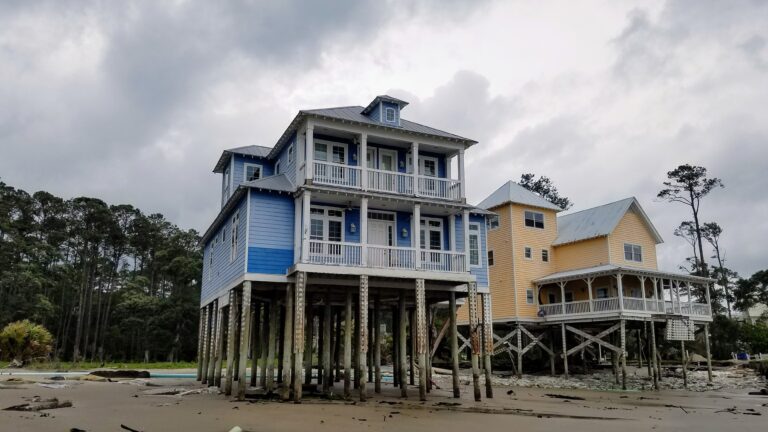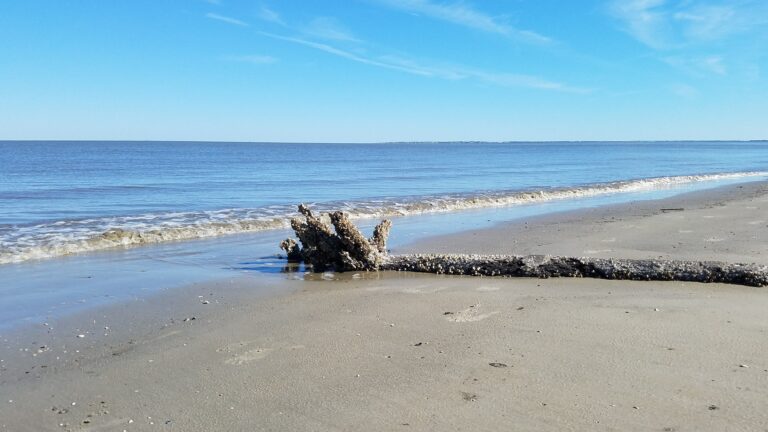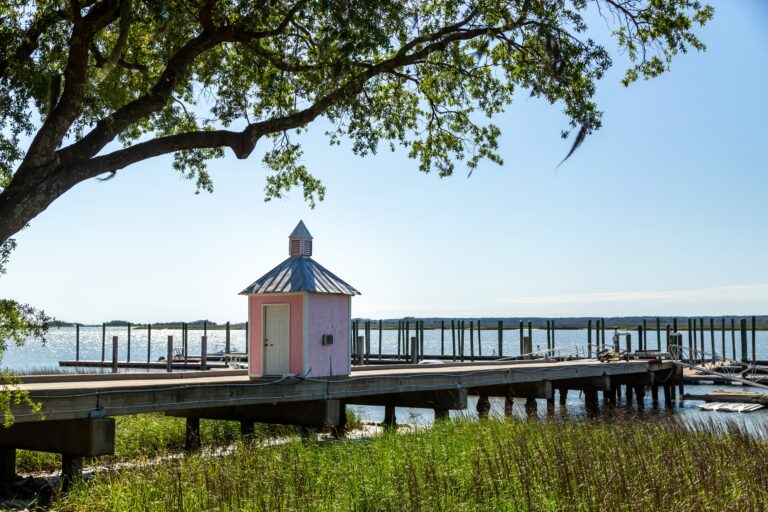Silver Dew Pottery

Ever heard of a tiny island off South Carolina where artisans craft pottery embedded with actual beach sand? Welcome to the story of Silver Dew Pottery – a studio with deep roots in the unique culture of Daufuskie Island that’s way more than just another touristy craft shop.
The Island Legacy of Silver Dew Pottery
Tucked away on South Carolina’s Daufuskie Island, Silver Dew Pottery isn’t just a pottery studio – it’s a living connection to island history. Founded in 1997 by husband-and-wife team Lancy and Emily Burn, this studio produces handmade, lead-free pottery that literally contains pieces of the island itself.
What makes their work special? Each piece incorporates traditional designs, historic symbols, and – most uniquely – actual Daufuskie beach sand mixed into the glaze. Talk about taking a piece of the island home with you!
A Family Deeply Rooted in Island History
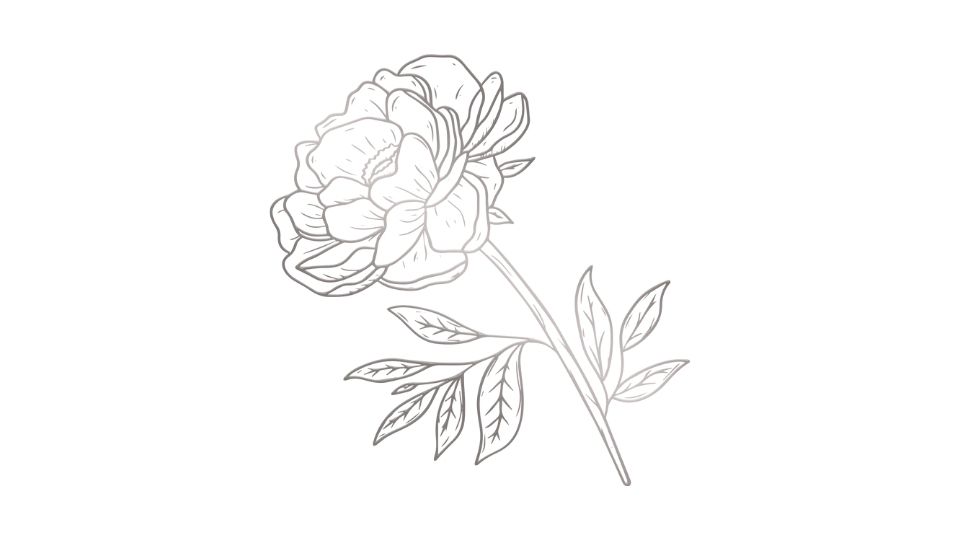
The Burns family isn’t just any family on Daufuskie – they’re basically island royalty. Lancy grew up on the island and came from a family that had shaped local life for generations:
- His grandfather, Papy Burn, arrived in 1913 and became keeper of the Bloody Point Lighthouse
- Papy later opened the Silver Dew Winery in the 1950s (see where the pottery studio got its name?)
- Lancy’s parents were also prominent community figures serving multiple roles
This deep connection to place isn’t just background – it’s foundational to the pottery’s identity. Every piece tells a story that stretches back generations.
Pottery That Tells Stories
What really sets Silver Dew apart is how each piece captures the island’s essence. The Burns drew inspiration from:
- Ancient Native American pottery fragments discovered on the island
- Colonial artifacts unearthed locally
- Civil War relics found in the area
These historical influences show up in designs featuring starfish, palmetto trees, lighthouses, and crabs – motifs that capture Daufuskie’s natural beauty and maritime heritage.
But the most magical element might be what you can’t immediately see: each piece contains a sprinkle of black Daufuskie sand in the glaze. That’s not just aesthetic – it’s a physical bond between the art and the land.
Craftsmanship in the Slow Movement
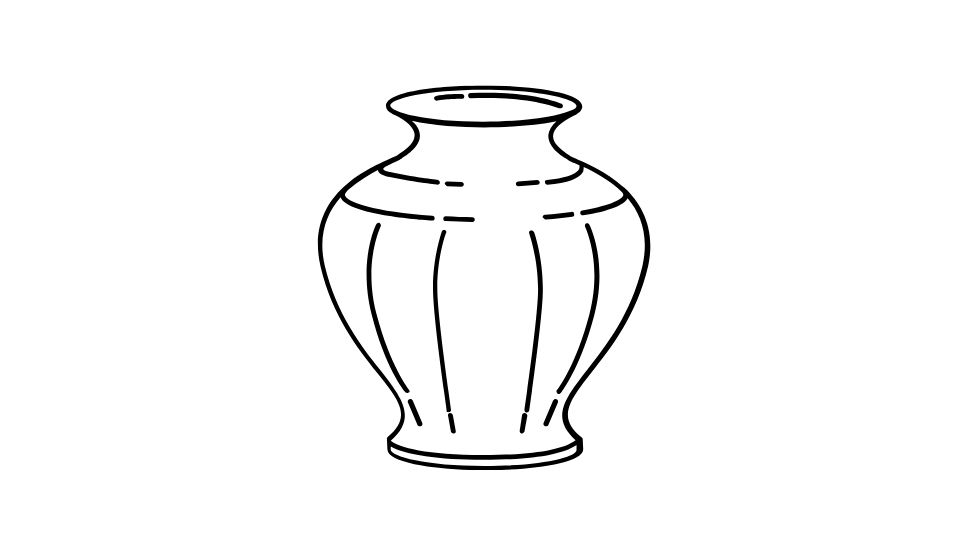
In our world of mass production and instant gratification, Silver Dew embraced the opposite approach. Their methods were intentionally:
- Traditional – using techniques passed down through generations
- Slow – taking time to craft each piece individually
- Authentic – reflecting the broader slow craft movement embraced by other Daufuskie artisans working with indigo dyeing and natural fibers
Every item was dated, numbered, and signed by both Lancy and Emily – a practice that emphasized the unique nature of each creation. Nothing mass-produced here!
Their catalog featured functional pieces like bowls, plates, pitchers, and cups – everyday items transformed into vessels of history and artistry.
A Bittersweet Legacy

Unfortunately, Silver Dew Pottery closed following Lancy Burns’ passing in 2021. Their works have since become increasingly rare and collectible, with limited editions now especially prized by collectors who understand their significance.
While the studio itself is no longer active, the legacy of Silver Dew Pottery continues through the pieces scattered across homes throughout the country – each one carrying a tiny bit of Daufuskie Island with it.
Finding Silver Dew Pottery

The pottery studio was centrally located on Benjies Point Road on Daufuskie Island, which is accessible only by ferry from the mainland. While production has ceased, pieces occasionally appear in local galleries, estate sales, and online auctions.
For those visiting Daufuskie Island today, the site of Silver Dew Pottery remains a landmark that speaks to the island’s rich artistic heritage – even if the kilns have gone cold.
Silver Dew Pottery represents something increasingly rare in today’s world: art that’s completely inseparable from its place of origin. These aren’t just beautiful objects; they’re physical embodiments of an island’s soul, crafted by people whose own story was inextricably woven into the fabric of that community.
In a world of mass-produced souvenirs, Silver Dew Pottery reminds us what it means when art truly comes from somewhere.



